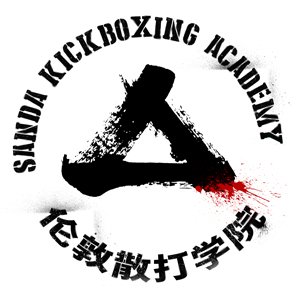Focus on Building Skills, Not Getting Belts: Why Sanda Kickboxing Academy Doesn't Have a Belt System
At the Sanda Kickboxing Academy, the philosophy of martial arts training transcends traditional symbols of achievement, such as belts. This article delves into why the Academy chooses not to use a belt system and emphasizes the development of skills and personal growth over the attainment of coloured belts.
A Belt Shouldn’t Define a Martial Artist
In many martial arts, the progression through different coloured belts represents an individual’s level of skill and time dedicated to the discipline. However, at Sanda Kickboxing Academy, we believe that a belt merely holds up your trousers rather than truly reflecting your abilities as a martial artist. Our focus is on nurturing the skills that make a formidable athlete, not on a piece of fabric around the waist.
Evaluating Skills Over Symbols
The core of our teaching philosophy is the evaluation of an athlete’s skill level and performance. Traditional belt systems often categorize students in a way that may not accurately reflect their true capabilities or potential. At our academy, we assess students based on their technique, adaptability in sparring sessions, understanding of strategic elements, and overall fitness. This approach encourages a more personalized development plan that aligns with each student’s unique strengths and areas for improvement.
Training Intensity and Consistency: Adapting with Life
Martial arts training at our academy recognizes that life's circumstances impact training availability and intensity. Students go through phases where they can commit more or less time to training based on personal and professional commitments. By removing the belt system, we acknowledge that progress in martial arts is not always linear. Skills can improve or plateau and sometimes regress, depending on varying life stages. We promote maintaining a consistent practice that adapts to these life changes, ensuring that students can continue to develop their skills at their own pace without the pressure of belt testing.
The Lifelong Martial Arts Journey
Martial arts practice is a lifelong journey that evolves with age. Physical peak is temporal; our bodies change, and so do our abilities. Emphasizing skill development rather than belt achievement acknowledges that one can practice martial arts at any age and still gain substantial benefits, both physically and mentally. This perspective supports the idea that martial arts are a continuous process of learning and adaptation, rather than a race to reach a black belt.
The Black Belt Fallacy
While reaching a black belt is an impressive achievement in many martial arts, it does not necessarily signify the pinnacle of personal or athletic development. At Sanda Kickboxing Academy, we challenge the notion that holding a black belt is the ultimate indicator of a martial artist’s prowess. Skills, tactical understanding, and the ability to adapt and overcome in various sparring scenarios are what truly define a martial artist's calibre.
By focusing on these aspects, our academy ensures that students develop real, applicable martial arts skills that can be demonstrated in and out of the ring, rather than merely collecting belts. Our approach fosters a deeper appreciation of martial arts as a personal journey and a form of lifelong learning.
Sanda Kickboxing Academy’s decision to eschew a traditional belt system is rooted in a philosophy that values skill development, personal adaptability, and lifelong learning over symbolic achievements. This focus helps create not just better martial artists but more adaptable and resilient individuals.


